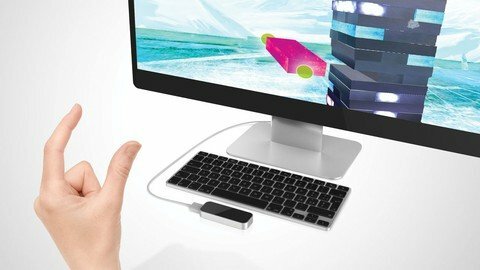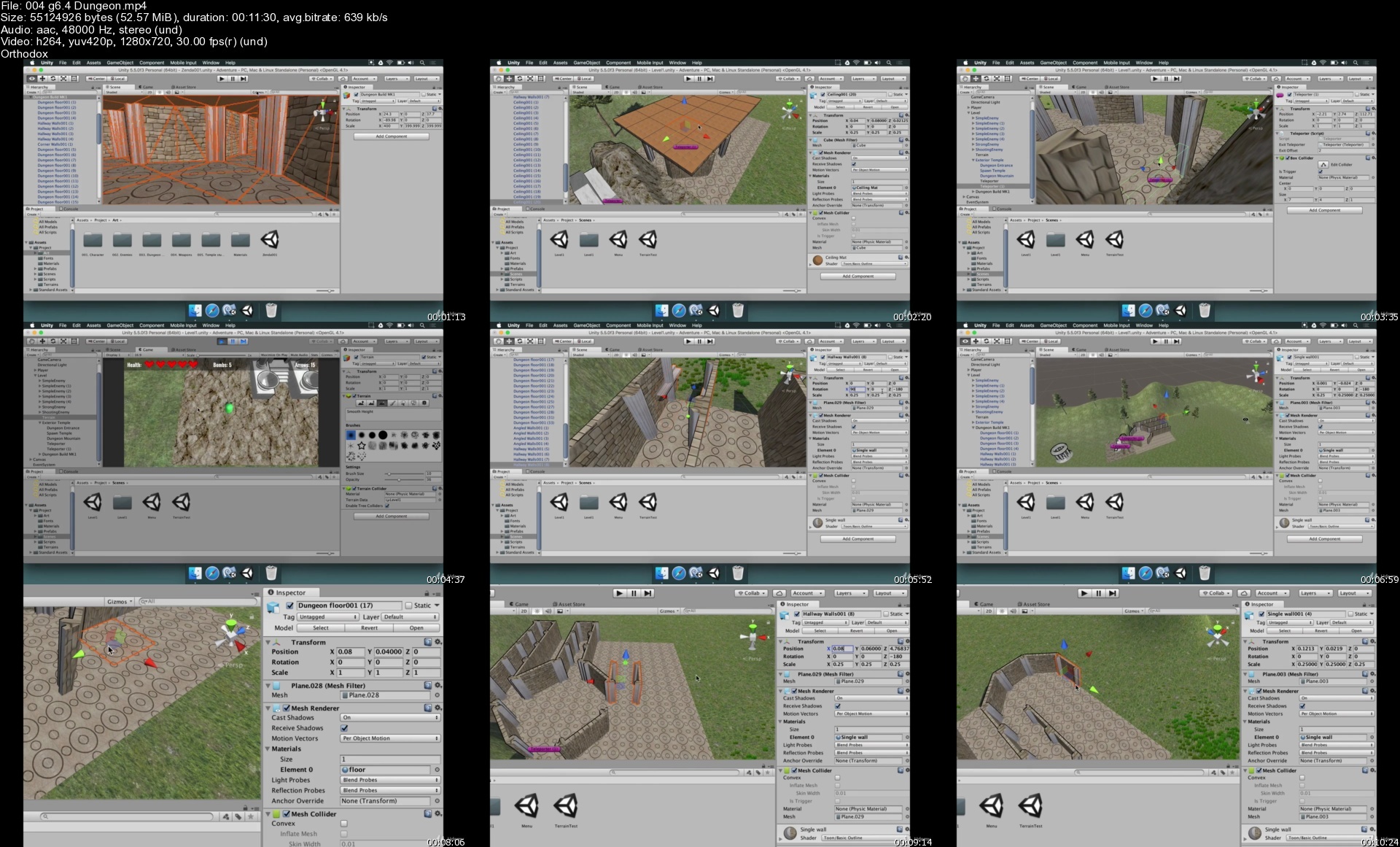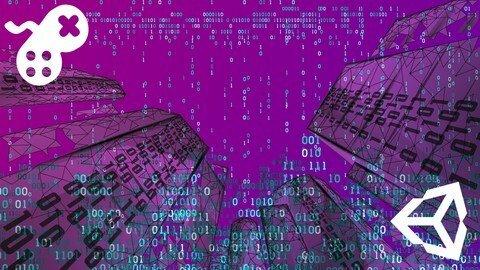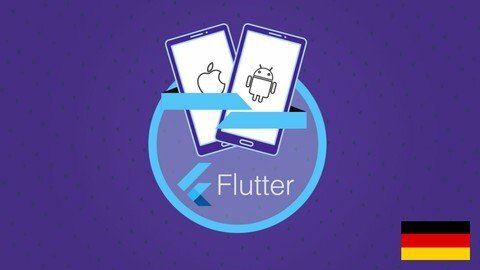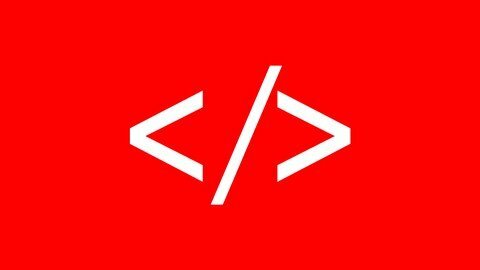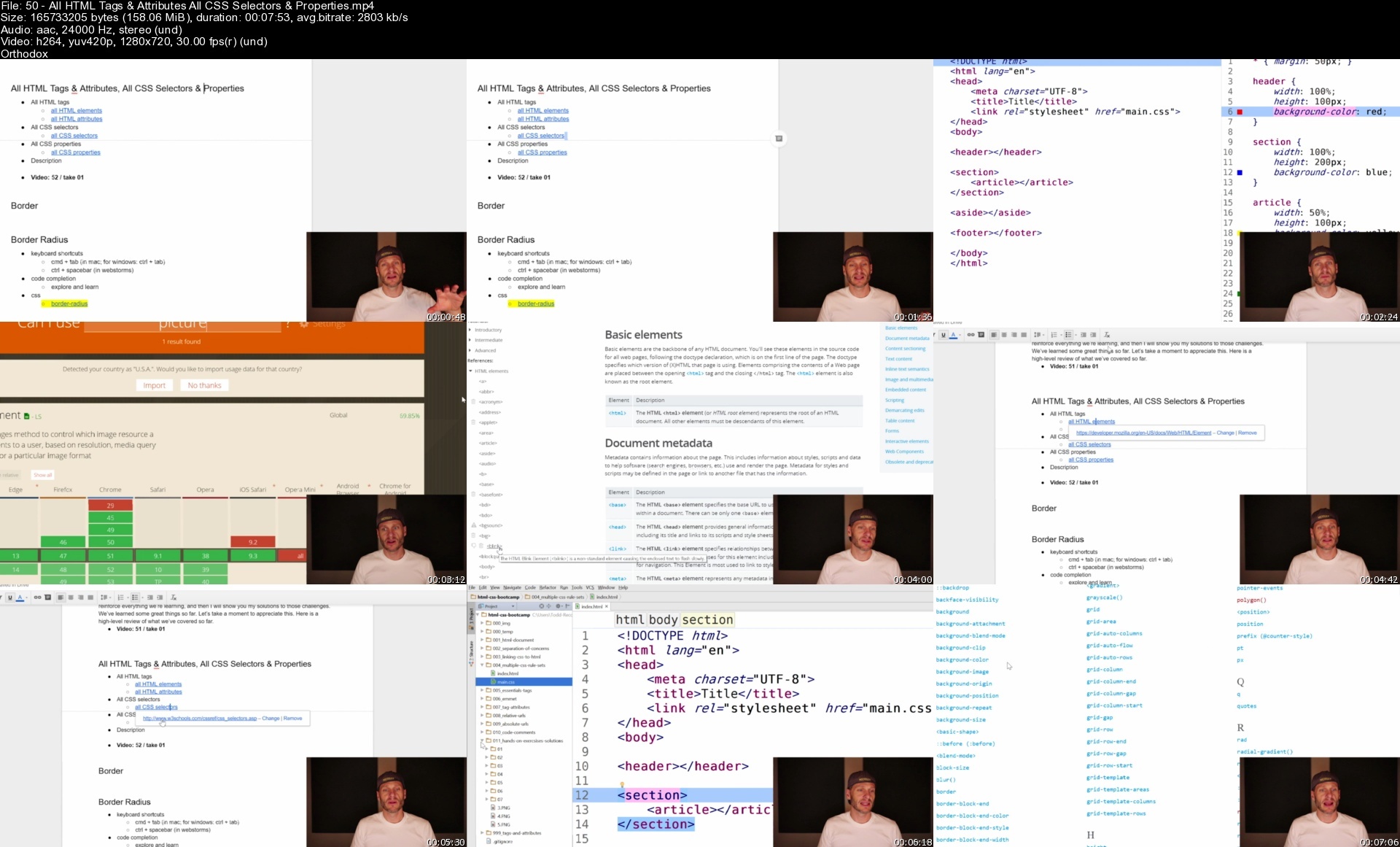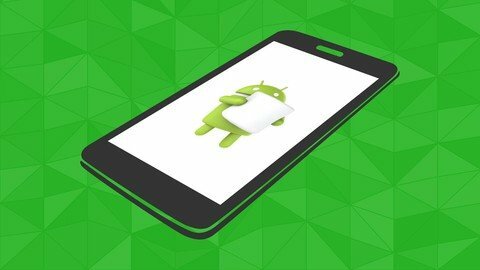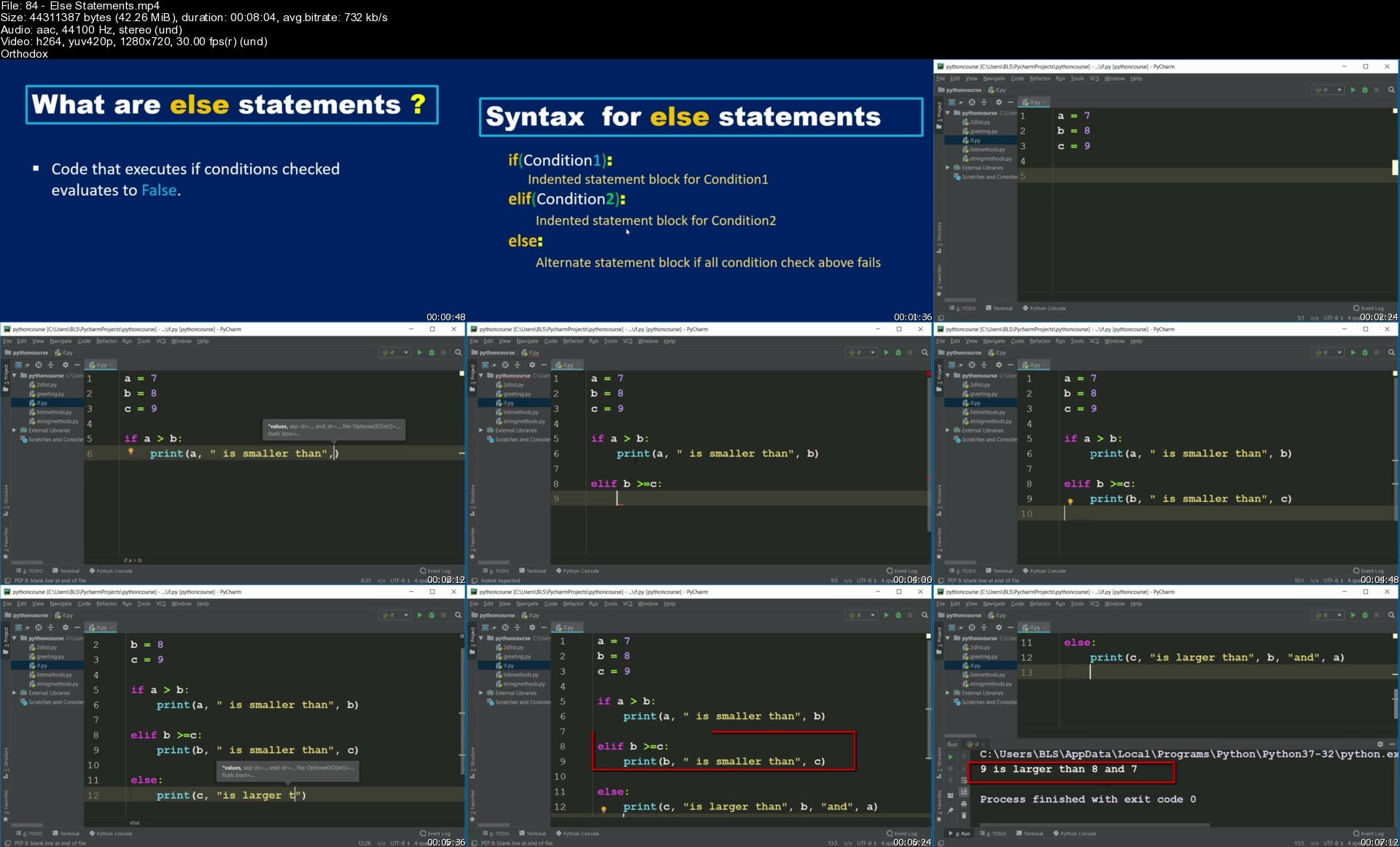OP
Member
LEVEL 7
110 XP
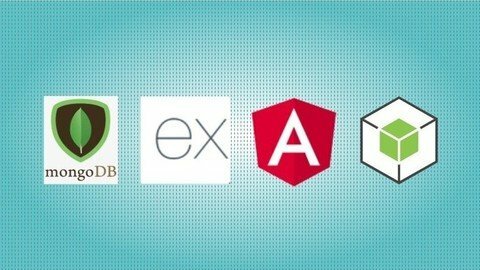
Develop and Deploy MEAN Stack Project on Azure Cloud
Published 08/2022
Genre: eLearning | MP4 | Video: h264, 1280x720 | Audio: AAC, 44.1 KHz
Language: English | Size: 6.17 GB | Duration: 67 lectures • 12h 31m
What you'll learn
You will learn about every component of MEAN stack
You will learn everything in practical hands-on approach including debugging skills
You will learn to create RESTful API using NodeJS with Express and MongoDB
You will build Angular & Bootstrap based application and integrate it with RESTful API's
You will learn everything about public cloud services
You will create and use most popular Azure cloud services
You will learn the industry standard way of building and deploying software using CICD pipelines on Azure DevOps
You will learn the end to end cycle of software development to deployment to shipping it for production in a controlled automated process
Requirements
Basic knowledge of HTML, CSS, JavaScript
Basics of MEAN stack application development
Description
This is a practical hands-on based fullsatck course. It covers all the concepts that one needs to start building end to end application using MEAN stack technology. The course is structured in such a way that you will learn everything by implementing the concepts through project based approach.
Following are the topics that is covered in this course
What is mongoDB, how to install mongoDB
Different concepts of NoSQL
Hands-on implementation of various query on mongoDB client
Setting up git bash
Creating github repositories and setting them up in local
Installing and setting up the code editor
Installing nodejs
Learning everything about nodejs and npm package manager
Installing various npm packages
What is ExpressJS
How to start writting RESTful API's using Express JS
How to connect your Express API's to MongoDB
How to create MongoDB schemas with mongoose
Creating a CRUD operation through handson project
What is Angular framework
How to create Angular project
How to create components in Angular project
How to create services in Angular project
Installing and using Bootstrap in Angular application
Consuming RESTful API's from Angular application
Dynamic Routing in Angular application
Submitting form in Angular application
Form validation in Angular application
Parsing JSON data in Angular application
You will learn to use POSTMAN for testing your RESTful API's
Committing and pushing code to github repository both for frontend and backend project
You will learn many more concepts and techniques that will help you in building any MEAN stack application but also it will help you in your MEAN stack interview.
You will get complete source code for frontend and backend project
Who this course is for
Anyone who wants to become fullstack developer using MEAN stack
Anyone who wants to learn the industry way of building and deploying software to production in a controlled automated way.
Anyone who wants to learn the CICD, DevOps way of working using the most popular cloud service i.e Azure
Code:
https://anonymz.com/?https://www.udemy.com/course/develop-and-deploy-mean-stack-project-on-azure-cloud/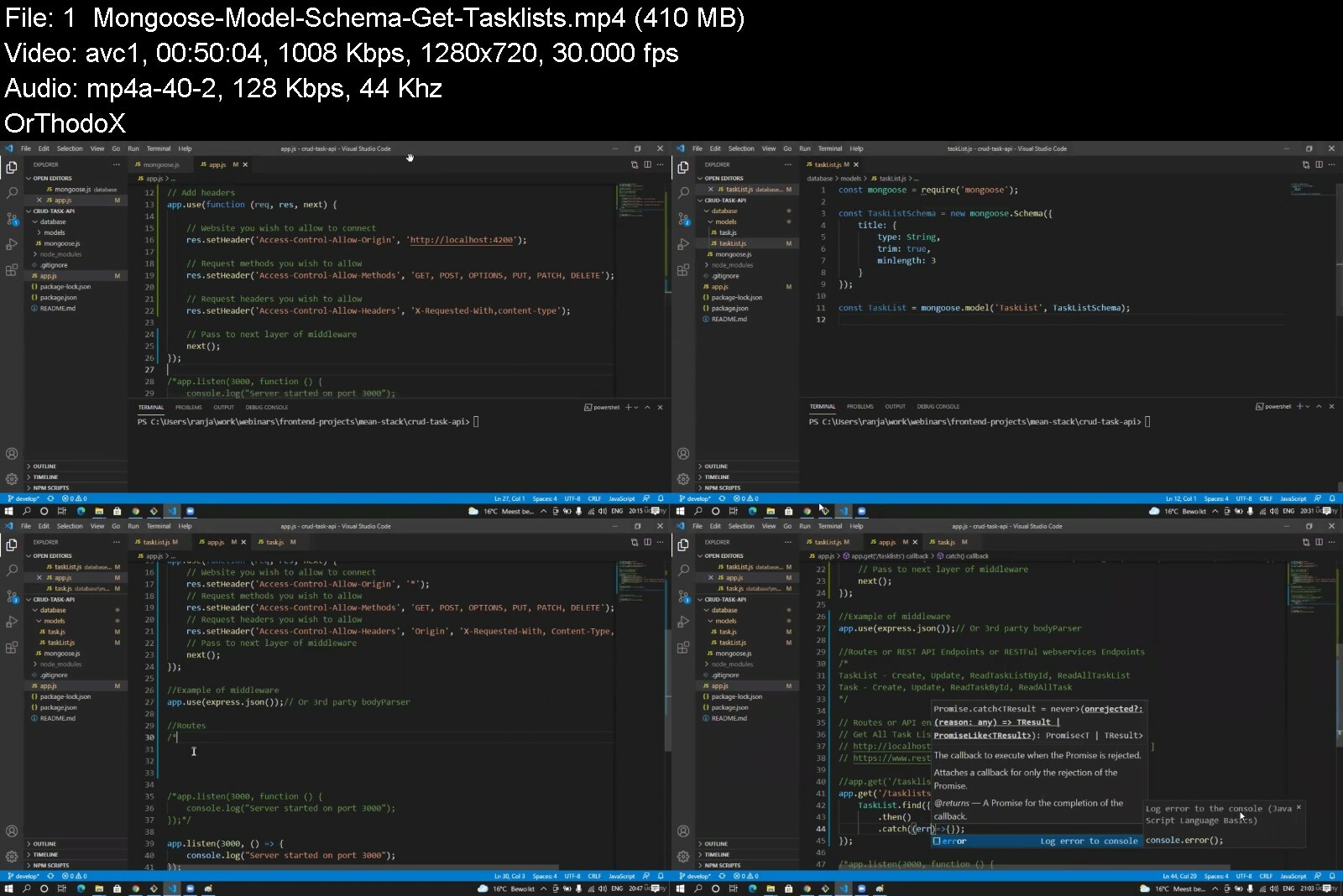
Download from RapidGator
Code:
https://rapidgator.net/file/8d617737d3e1eba4086c38914cfb07b9/Develop_and_Deploy_MEAN_Stack_Project_on_Azure_Cloud.part1.rar
https://rapidgator.net/file/be1653f56726242aa57db4f196a44fbd/Develop_and_Deploy_MEAN_Stack_Project_on_Azure_Cloud.part2.rarDownload from Keep2Share
Code:
https://k2s.cc/file/e46f5c31381c3/Develop_and_Deploy_MEAN_Stack_Project_on_Azure_Cloud.part1.rar
https://k2s.cc/file/a170a3ff9c947/Develop_and_Deploy_MEAN_Stack_Project_on_Azure_Cloud.part2.rarDownload from NitroFlare
Code:
https://nitroflare.com/view/AE321F8AA57A47E/Develop_and_Deploy_MEAN_Stack_Project_on_Azure_Cloud.part1.rar
https://nitroflare.com/view/EA6CF1B48D085C8/Develop_and_Deploy_MEAN_Stack_Project_on_Azure_Cloud.part2.rar
